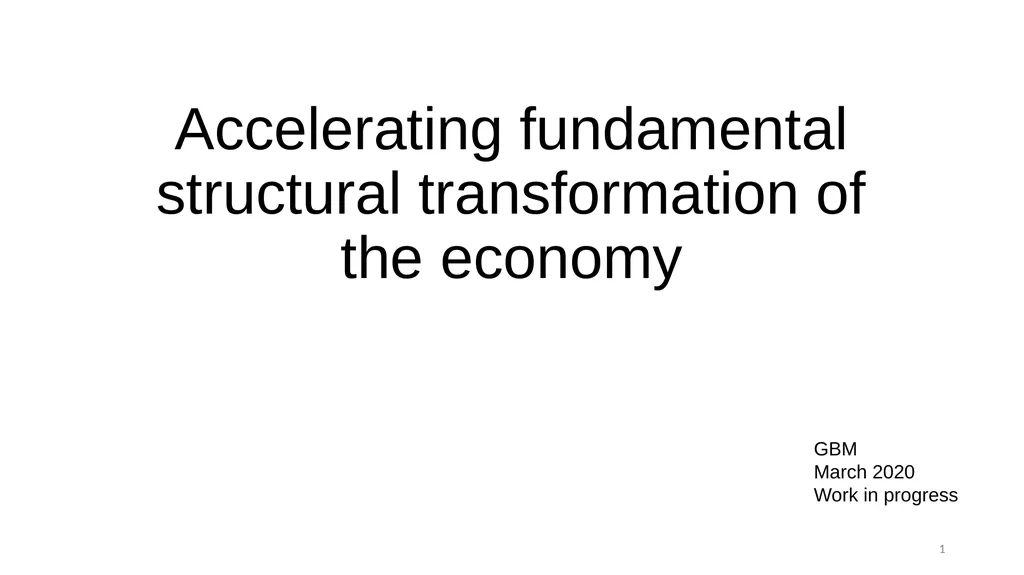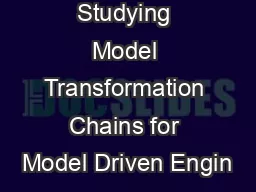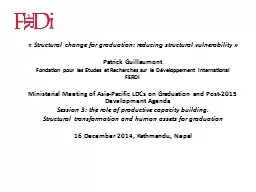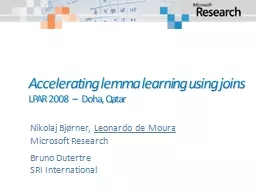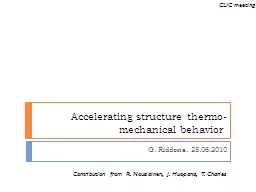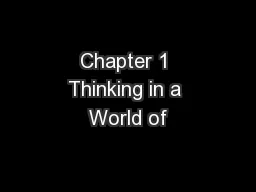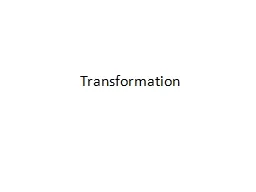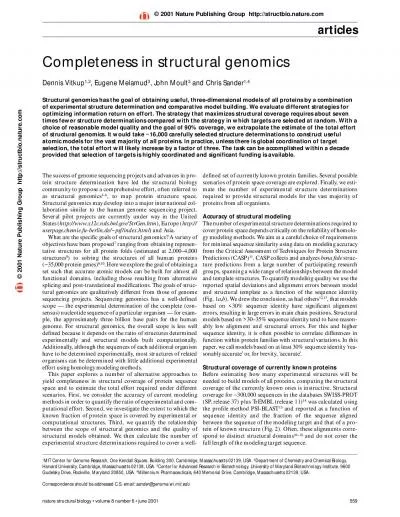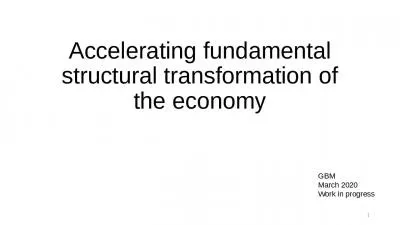Accelerating fundamental structural transformation
Author : tawny-fly | Published Date : 2025-06-23
Description: Accelerating fundamental structural transformation of the economy 1 GBM March 2020 Work in progress Problem statement 2 Context 3 Between 1970 and 1989 South Africas relative output diverged dramatically from the rest of the world In
Presentation Embed Code
Download Presentation
Download
Presentation The PPT/PDF document
"Accelerating fundamental structural transformation" is the property of its rightful owner.
Permission is granted to download and print the materials on this website for personal, non-commercial use only,
and to display it on your personal computer provided you do not modify the materials and that you retain all
copyright notices contained in the materials. By downloading content from our website, you accept the terms of
this agreement.
Transcript:Accelerating fundamental structural transformation:
Accelerating fundamental structural transformation of the economy 1 GBM March 2020 Work in progress Problem statement 2 Context 3 Between 1970 and 1989, South Africa’s relative output diverged dramatically from the rest of the world In 1970, GDP per head stood at just over half that of the average G7 country, at 53%, versus: South Korea at 13%, China at 2%, Mexico at 48% and Portugal at 55%. By 1980, South Africa’s relative GDP per head had declined to 45% of the G7 average, whilst Korea had improved to 20%, China remained insignificant at 3%, Mexico had improved marginally to 51% and Portugal to 61%. At the end of the eighties, SA’s relative GDP per head had shrunk to 32% of the G7, Korea had closed the gap (overtaking SA in 1989) and was at 34%, China had moved marginally ahead to 5%, Mexico – a notable backslider, had fallen to 38% and Portugal came in at 63%. G7: Canada, France, Germany, Italy, Japan, UK, US. Measure: GDP per capita, purchasing power parity, 2015 constant US$ Source: OECD.stat 4 After 1994, the pace of relative decline was arrested, with modest signs of a recovery that has not been sustained In 1994, decline was deeply entrenched, and South Africa’s relative GDP per head was close to a quarter of the G7 (27%). The post-apartheid economic story, thus far, has been of arresting the decline. There was a slight uptick in 2009, repeated in 2013, where relative GDP per capita clocked 29%, but it fell back to 26% in 2018. In 2014, China overtook South Africa in relative GDP per capita terms, reaching 34% of the G7 2018. Measure: GDP per capita, purchasing power parity, 2015 constant US$ 5 6 Growth in GDP per capita generally trails the global trend 7 Exports trailing global performance 8 Source: OECDstat SA’s middle income trap is not typical South Africa’s experience as a middle-income country is not typical. Unlike many other emerging economies (especially those of East Asia), it did not reach this status through a sustained manufacturing boom but came up through a resource-based economy Much as it has been classified as a middle-income country at least since the 1960s, it is only in recent times that there has been a significant drop in poverty levels for the majority of the population – a middle income country without a middle class With: exports dominated
